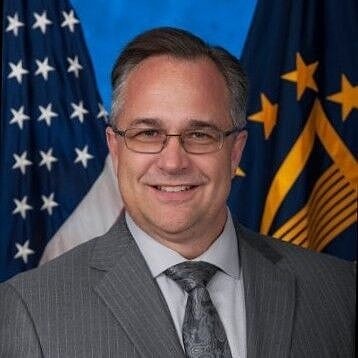Digital Transformation
VIDEO | NASA, CDO: We Must Liberate and Share Data for Digital Transformation
Written by: CDO Magazine Bureau
Updated 4:21 PM UTC, Wed September 20, 2023


(US and Canada) Ron Thompson, Chief Data Officer and Deputy Digital Transformation Officer, NASA, speaks with Michal Klaus, CEO, Ataccama, about the balancing act of providing external data and agreeing to federal standards, the CDO council, and how culture and technology help balance democratization versus centralization of data.
Thompson says the government works by carrying out bilateral agreements between two entities to exchange data. He adds that it’s a long process as they have lawyers looking into security and understanding how data will be used. He mentions that they have the CDO Council and government enclaves to share statistical data.
Thompson further states they want to reduce the debt response burden and share information while providing statistical conditions that protect the individuals. Thompson adds that they do not want to have disclosure; thus, disclosure avoidance is a big part of that. However, he finds relief in enclaves sharing data instead of having bilateral agreements.
The CDO Council consists of 22 CDOs, and more than 80 people are part of the council, including large and small agencies. He mentions that the council meets every two weeks for large agencies, has data-sharing subgroups, and the major council meeting occurs monthly.
Regarding compliance work, he affirms working closely with OMB. They review the national and internal NASA data strategies annually and report to congress about how they are doing on these metrics.
Thompson talks about the initial phase of the data sharing movement when they helped the medical officer at NASA with data visualization and instantiation. He adds that it is still used for other factors like vaccination knowledge and proving how data protects its people — NASA’s most valuable asset.
Regarding balancing democratization versus decentralization of data, Thompson pinpoints the role played by culture and technology factors. Hence, the culture demands to be mindful of where they are over time and see what works. He refers to NASA as a federation of collaborative and scientific-minded universities.
Thompson notes that the young workforce demanding access to everything is the “frozen middle,” where goal congruence is required. He states that at NASA, the head of the organization knows they need to liberate and share data to transform digitally.
In conclusion, he addresses technology and emphasizes the need to build architectural standards into tools, products, systems and operations to encourage interoperability. He states how the data is liberated determines business outcomes and drivers.





